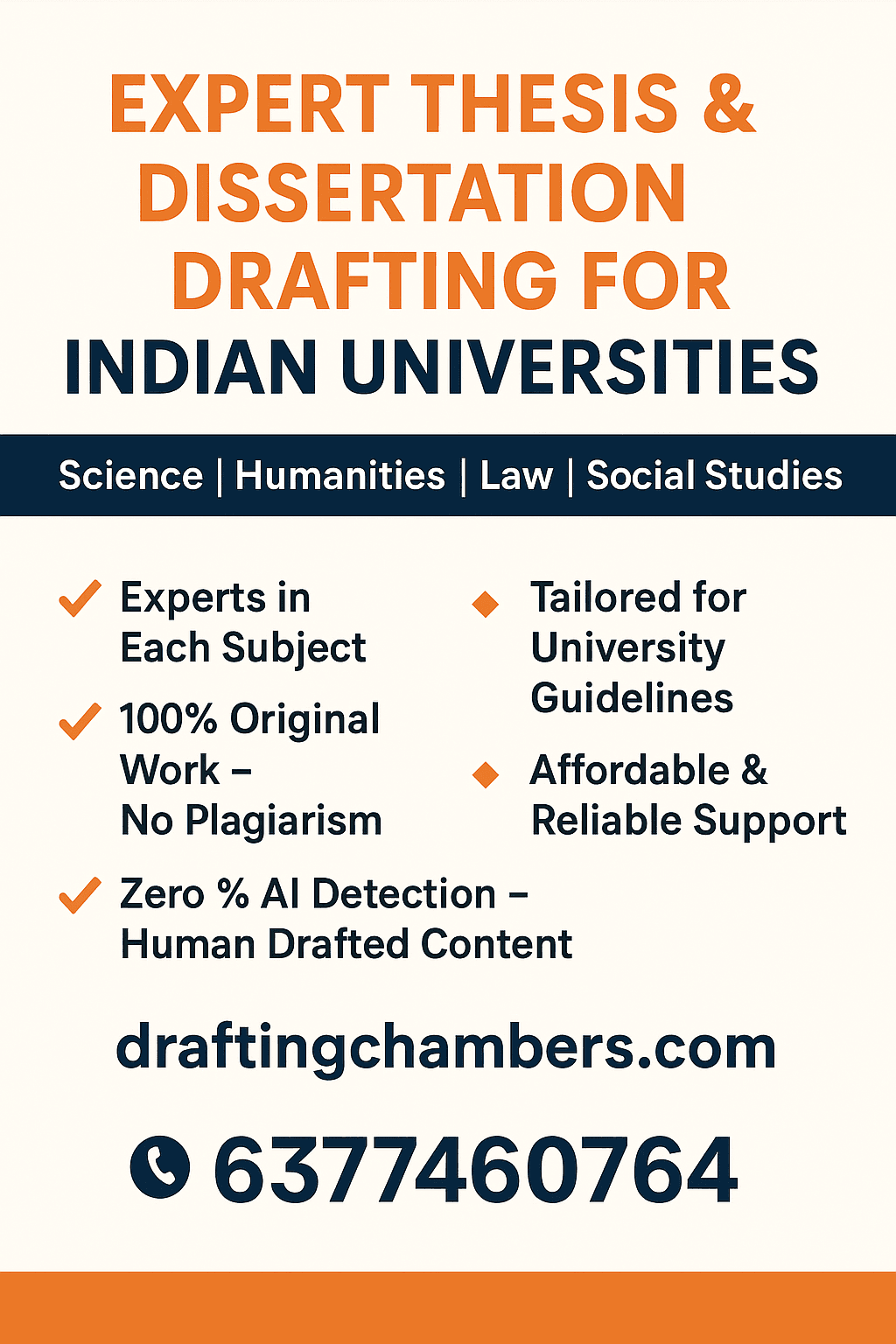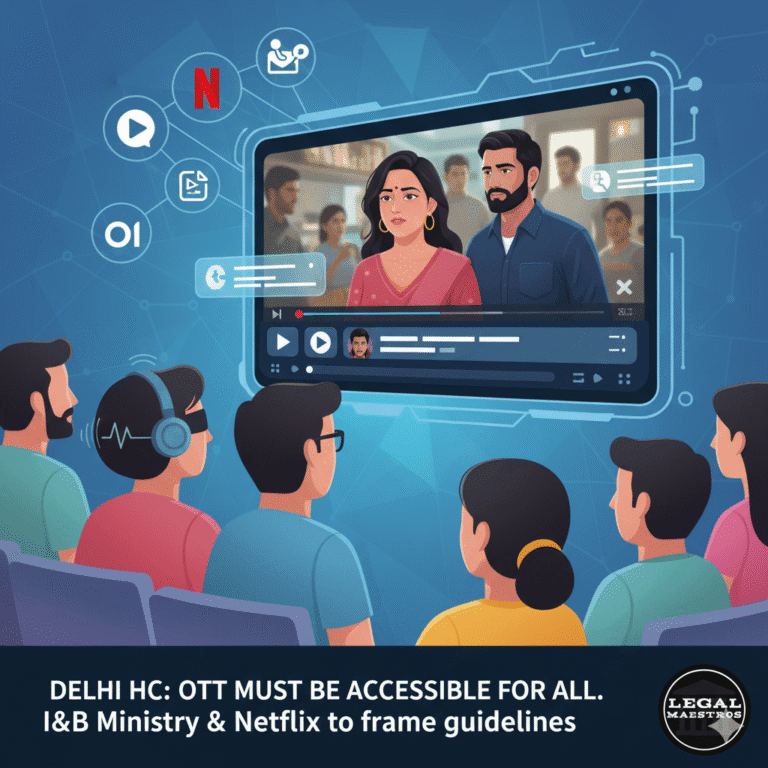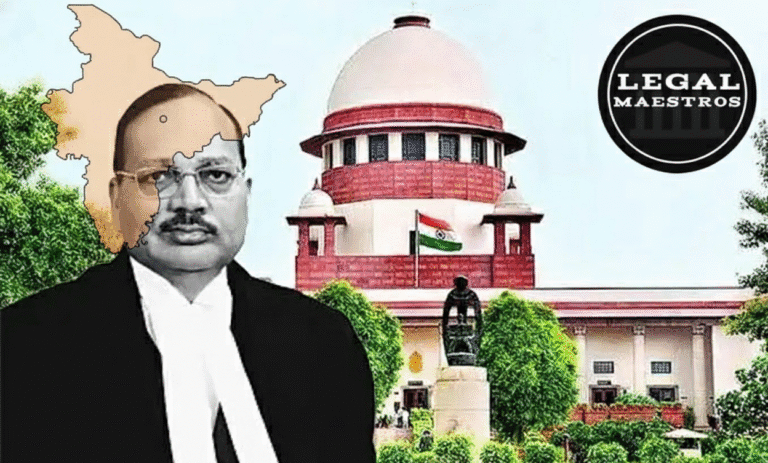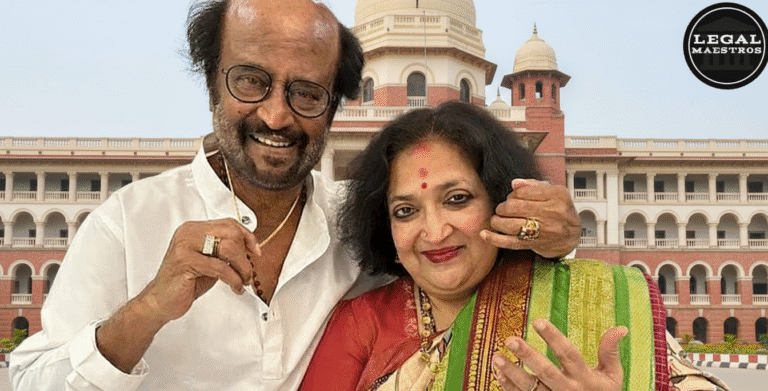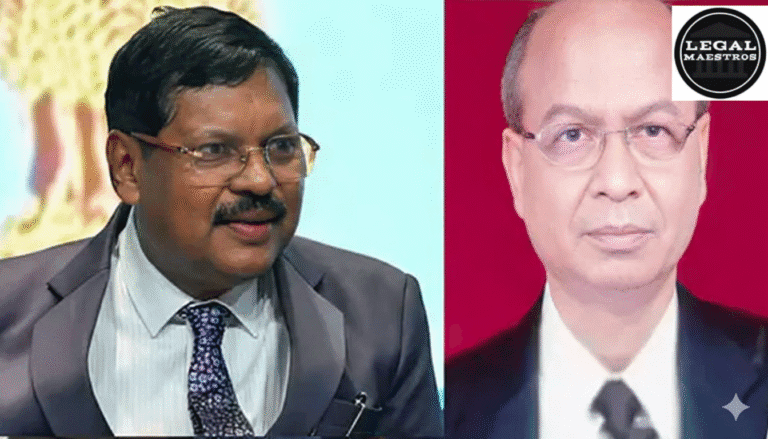
Applicability of Dying Declaration
A dying declaration is a declaration made by a person on the point of death, giving information regarding the cause or circumstances leading to their death. These declarations have significant evidentiary value in legal contexts, especially in the Indian judicial system, under Section 32(1) of the Indian Evidence Act, 1872. This section allows statements made by a person about the cause of their death to be admissible in court when the cause of that person’s death is under inquiry.
The reason for allowing dying declarations in court is founded on the fact that no man at the point of death can lie. The Latin maxim says it all: “Nemo moriturus praesumitur mentire,” which means, “a man will not meet his maker with a lie in his mouth.” Yet, even though this principle is presumed, courts approach matters of dying declarations with extreme caution. It is so because by its nature, dying declarations are not made upon oath and cannot be cross-examined.
In the landmark case of *Kushal Rao v. The State of Bombay* (1958), the Supreme Court of India laid down a few guiding principles regarding the admissibility and reliability of dying declarations. It was held that although a dying declaration can provide the sole basis for conviction, it must undergo strict scrutiny. The court observed that every case should be looked at in relation to its special facts and under the circumstances that the declaration has been made. In addition, the court was of the opinion that a dying declaration, being recorded by an able magistrate with proper form, is more important than the oral evidence relied on.
For any queries or to publish an article or post or advertisement on our platform, do call at +91 6377460764 or email us at contact@legalmaestros.com.
In *Tapinder Singh vs. State of Punjab* (1970), the Supreme Court reiterated that a dying declaration is admitted in evidence by way of an exception to the general rule against the admissibility of hearsay evidence, primarily on the principle of necessity. The court highlighted the importance of closely scrutinizing all relevant attendant circumstances to assess the reliability of such declarations.
In the case of *Laxman vs. State of Maharashtra* (2002), the admissibility of dying declarations was further clarified. The Supreme Court held that non-availability of a doctor’s certificate regarding the declarant’s mental fitness to make the declaration does not exclude the dying declaration. If the person recording the statement, like a magistrate, is satisfied that the declarant is in a fit state of mind, then the declaration is admissible. It was emphasized that what is really significant is satisfaction of the person recording the statement about the declarant’s mental condition and not necessarily a medical certification.
But the courts have also warned against placing excessive reliance on dying declarations without corroboration, especially where there are reasons to doubt their authenticity. In *Jayamma vs. State of Karnataka* (2021), the Supreme Court observed that while a truthful and reliable dying declaration may form the sole basis of conviction, the court must be satisfied about its truthfulness and reliability. In case the declaration is found not entirely credible or if a significant part of it is untrue, the court may deem it unsafe to convict the accused on such declaration alone without corroboration.
For any queries or to publish an article or post or advertisement on our platform, do call at +91 6377460764 or email us at contact@legalmaestros.com.
A number of factors may go into determining the credibility of a dying declaration, including the declarant’s physical and mental state, any possible external influence or coercion, and the consistency of the statement with other evidence on record. For example, in cases where the declarant has suffered severe injuries, like extreme burns, courts have been careful while accepting dying declarations in the absence of corroborative evidence. In *Chacko v. State of Kerala* (2004), the Supreme Court refused to accept the case of the prosecution which was based on the dying declaration where the deceased, a 70-year-old person, had suffered 80% burns. The court found it difficult to believe that the injured could make a detailed dying declaration after a significant lapse of time post-injury, especially without medical certification regarding the mental and physical condition of the deceased at the time of making the statement.
Renowned legal scholars have also deliberated on the nuances of dying declarations. Sir James Fitzjames Stephen discusses in the seminal work, “A Digest of the Law of Evidence” how statements from a deceased are admissible only with necessity and reliability underlining the exceptions for the hearsay rule. He observes that though the law presumes the statements of those at the point of death to be unlikely to be falsified, it would be crucial for courts to make sure such statements were indeed made voluntarily and un-coerced.
Finally, the relevancy of the dying declaration in the Indian judicial system reflects the need for balance that the judiciary looks to amongst the principles of necessity and reliability. Where such statements are otherwise admissible by law, however, the court is still statutorily enjoined to conduct its process cautiously, as much as each declaration is strictly cross-examined. At bottom, of course, it will be a just administration of justice, balancing how the voice of the deceased might be heard but the rights of the accused ensured.
For any queries or to publish an article or post or advertisement on our platform, do call at +91 6377460764 or email us at contact@legalmaestros.com.
